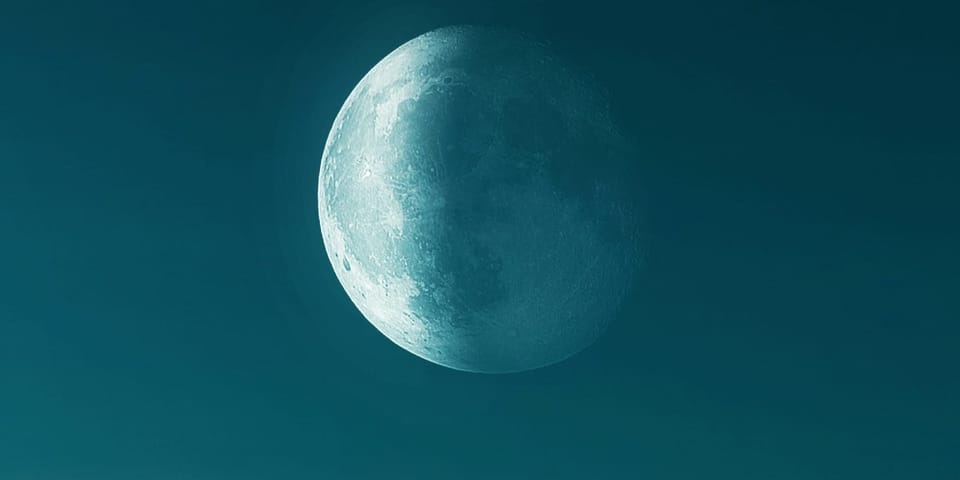Oestrogen - Her mysteries and madness

Talking from a menopausal woman's point of view, if there is one hormone in our body that is sure to drive us mad (not literally...just in terms of frustration and moodiness) it must be oestrogen.
It is the hormone that in excess can drive us almost hysterical (and give us sore breasts, horrendously heavy periods and a big, fat tummy), but when we don't have enough of it we tend to also go a little hysterical, moody, filled with rage, forgetful, tired, sore ....and still have a fat tummy!). What a hormone!
I thought I'd take some time to help you understand the role of oestrogen in your body, to unravel its mysteries a bit and help you understand why you may feel so different at different stages of your life.
We tend to talk about oestrogen as if it were a single hormone, when in fact it is an umbrella term for a group of hormones, the oestrogens. Currently we think there are around 6 different oestrogens in the body, three of which are most well-known: beta-oestradiol (more easily referred to oestradiol), oestrone, and oestriol. We also tend to talk about oestrogen being a female hormone, when in fact it's also present in the male body, and it functions in so much more than just reproductive health.
Oestrogen and Women's Health
Oestrogens and progesterone are the principal female hormones necessary for reproductive and sexual health. In terms of female reproductive health, oestradiol (E2) is key and its decrease is associated with menopause.
Oestrogen and Puberty
When a female baby is born, her oestradiol serum levels are very high and then fall within a few days. At puberty, the hypothalamus releases gonadotropin-releasing hormone (GnRH) which stimulates the pituitary to secrete follicle-stimulating hormone (FSH) and luteinising hormone (LH). Together these hormones stimulate the development of the ovaries and the production of oestrogens. Oestrogens drive the development of feminine secondary sex characteristics, and together with progesterone they regulate the female reproductive cycle.
Oestrogen and the Menstrual Cycle
In terms of the menstrual cycle, oestrogen increases in the first half of the cycle, usually days 6-13 of a 28-day cycle. During this phase, oestrogen is secreted by ovarian follicles to stimulate the repair, thickening and proliferation of the lining of the uterus (endometrium). Around day 14 of a 28-day cycle, oestrogen levels peak and these high levels stimulate the hypothalamus to release GnRH and subsequent FSH and LH from the pituitary.
High levels of FSH and LH bring on ovulation and oestrogen secretion now declines while progesterone secretion increases. Note that oestrogen is still being secreted at this stage, but in smaller quantities and its effects are balanced by progesterone. If no egg is fertilised and the woman does not become pregnant, then oestrogen and progesterone levels drop and menstrual flow occurs.
- Oestrogen dominance. For some women, especially perimenopausal women, the ratio of oestrogen to progesterone becomes imbalanced and they can experience distressing symptoms as part of their menstrual cycle. For example, they may struggle to lose weight, especially around their waistline; experience breast tenderness, pain or swelling; have mood swings; develop acne or skin problems; and have heavy, painful and often clotted periods. It is important to be aware that some of these symptoms are also experienced by women with an oestrogen deficiency and so it is important to do a hormone panel test (to see the E2:progesterone ratio) through a doctor before deciding on how to treat these symptoms.
Oestrogen & Menopause
At menopause the ovaries stop producing oestrogens and this decline in oestrogens is responsible for the many symptoms of menopause such as hot flushes, headaches, thinning hair, decreased bone density and mood swings.
Small amounts of oestrogens are still produced by the adrenal glands and fat cells of a post-menopausal female and she can still get oestrogenic-effects through adding phytoestrogens to her diet. I've written about phytoestrogens in my blog here >
Other Roles of Oestrogen
Oestrogen is not only a reproductive hormone found in the female body. In a male body enzymes are able to convert androgens such as testosterone into oestrogens and they also play a significant role in male health.
Oestrogens are anabolic (tissue-building) hormones with many important roles in both males and females. They play a vital role in:
- Maintaining strong bones. Oestrogen helps maintain bone-density by stimulating osteoblastic activity and inhibiting bone-resorption.
- Ensuring a healthy cardiovascular system. Oestrogen promotes the formation of new blood vessels (angiogenesis), helping to both protect and repair blood vessels and cardiovascular tissue.
- Supporting mental health. Oestrogen helps with the protection, growth and connectivity of neurons; and the regulation of neurotransmitters such as dopamine, serotonin and noradrenaline. It is, therefore, considered to play an important role in cognitive function, memory, attention, alertness, and mood.
- Repairing muscles. Oestrogen helps repair muscles and decreases inflammation after exercise.
Looking at these other roles of oestrogen, it is no surprise that a woman can struggle so much both physically and mentally when her oestrogen levels are either too high or too low. Luckily there are many beautiful herbs, homoeopathics and foods that can help balance oestrogens.
Please note: The health and nutritional information provided by Ruth Hull and/or this blog is intended for general educational purposes only. You should not rely on this information as a substitute or replacement for professional medical advice, diagnosis or treatment. If you have any concerns regarding your health and before making any changes to your lifestyle or diet you should always consult your general medical practitioner or other health professional.
Member discussion